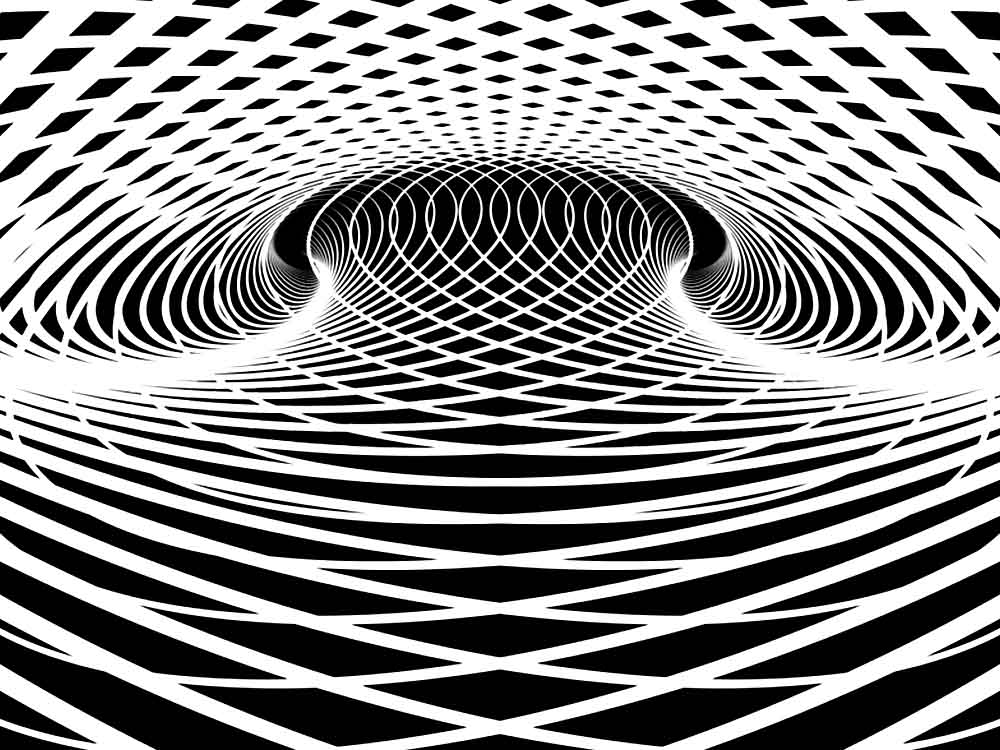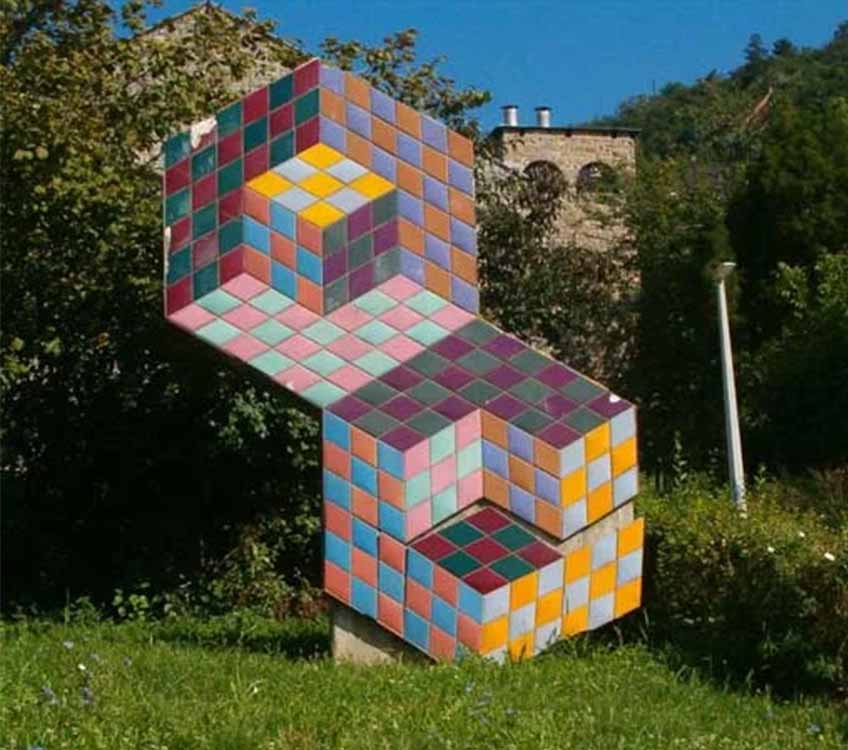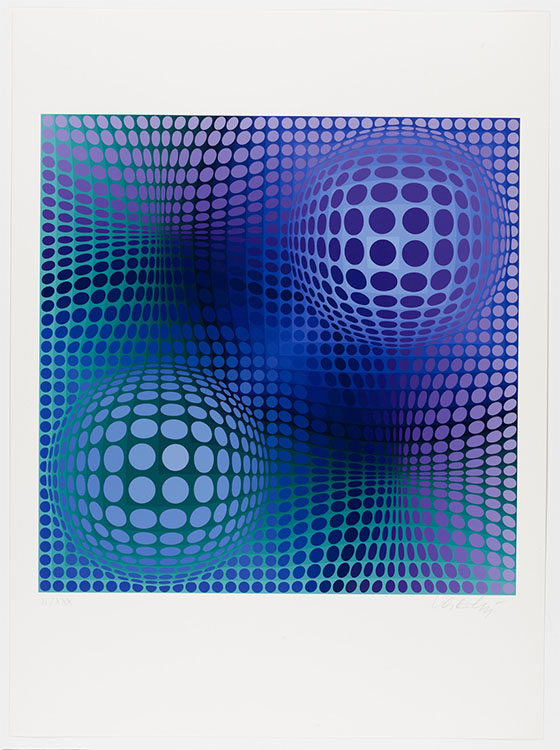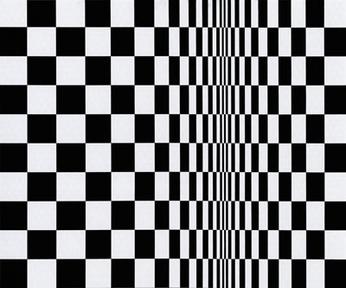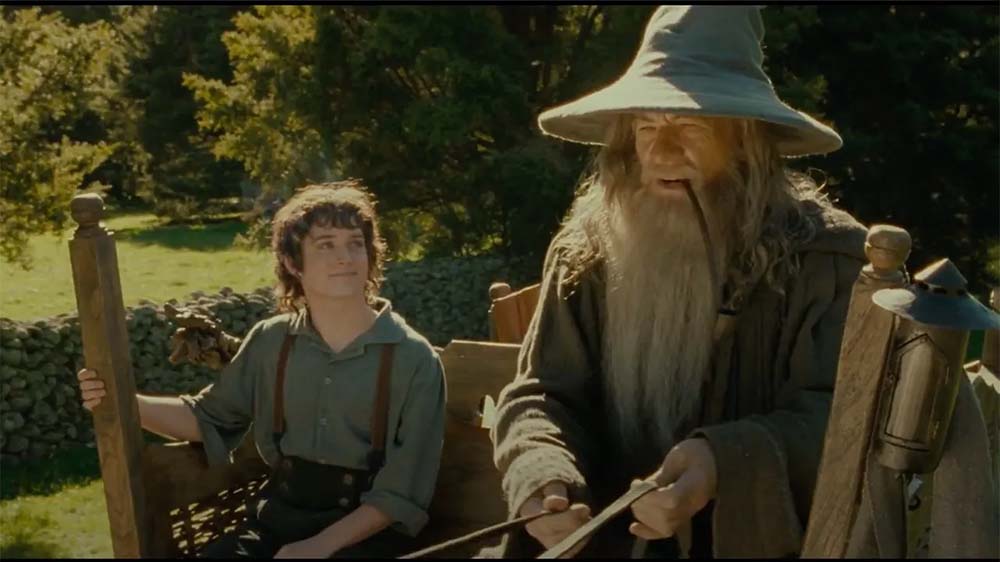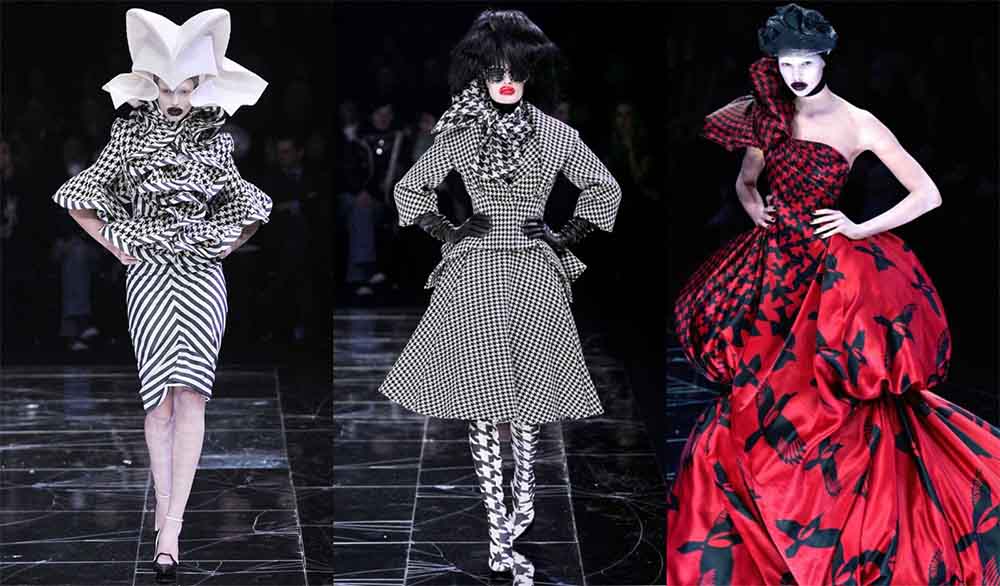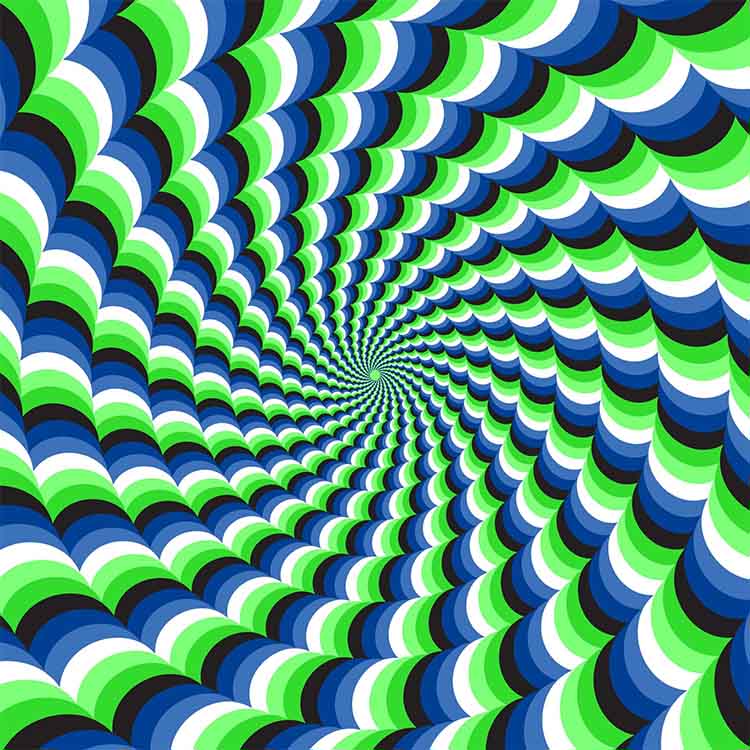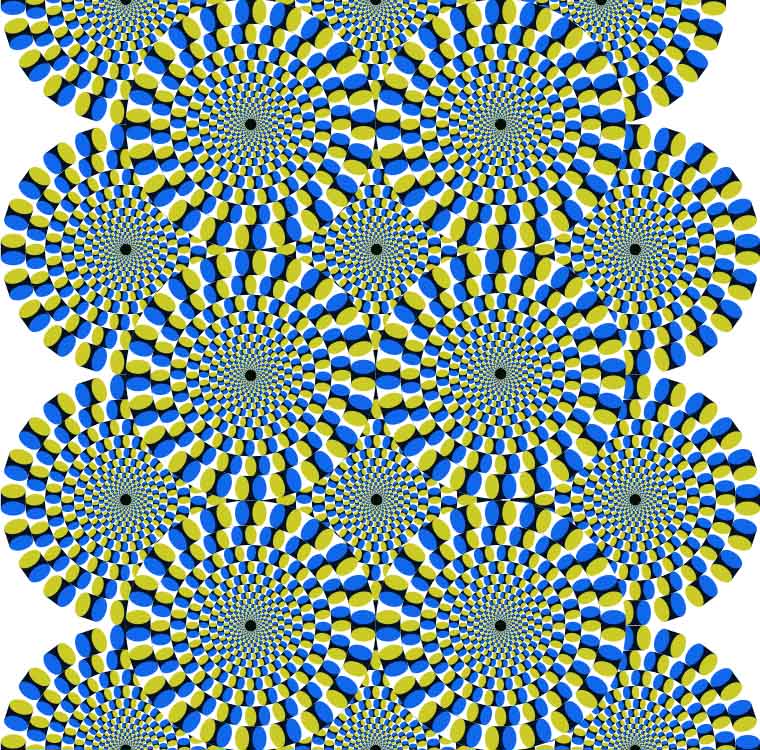Where It Came From
Optical Art — also known as Op Art — came into existence in the mid-20th century. Op Art was largely abstract and made use of geometric patterns, shapes, and colors to create optical illusions. In terms of its techniques, Op Art manipulated the rules of perspective to give the illusion of three-dimensional space and impressions of light and shadow. With the art movement formally beginning in the 1960s, Op Artists used theories of optics to make it look like their artwork was in constant motion.
Impact on Art
Op Art revived the medium of optical illusions. These illusions later became a part of mainstream art as a form of entertainment. A lot of modern and contemporary art is influenced by Op Art. The form was initially popular in New York City and later expanded to Europe and South America. In the beginning, art critics thought that Op Art was too graphic to be considered high art and was rather commercial in its aesthetic.
However, when Dada and Surrealist artists like Marcel Duchamp used the technique in their works, Op Art finally entered the mainstream. In 1965, the movement solidified its legitimacy with the Museum of Modern Art holding an exhibition presenting Op Art as the link between art and science through the mechanics of optics.
“Experience is real. Painting, which comes out of experience, is real. The world is an illusion.”
— Darby Bannard
“Art is an ‘apprenticeship’, devoted to the science of appearances in order to create illusions of likeness.”
— Greg Allen
Impact on Film
Op Art emerged as an avant-garde movement that made its way to the cinema. During the 1960s, French New Wave cinema incorporated the visual language of Op Art and used moving patterns, light effects, and blurry lines to portray dream sequences, hallucinations, and even drug trips. One of the earliest films to have done this was L’Enfer (1964) by Henri-Georges Clouzot which made use of optical illusions to portray scenes of extreme paranoia when a character in the film thinks that his girlfriend is cheating on him.
“The secret to film is that it’s an illusion.”
— George Lucas
In more recent times, films like Lord of the Rings have used visual techniques of forced perspective to fool us into thinking that Elijah Wood’s character (Frodo Baggins) was much shorter than Ian McKellen (Gandalf) when they were almost the same height!
Impact on Fashion
Op Art has become a huge part of 21st-century fashion. Using lines, patterns, and colors like white, grey, and black, designers utilize the principles of Op Art to create structured silhouettes in fashion. The fashion designers working on Moulin Rogue also took inspiration from the movement while designing the film’s costumes. Alexander McQueen’s ‘The Horn of Plenty’ collection made use of patterns like the Houndstooth, chevron stripes, and harlequin prints, all of which are Op Art staples. These kinds of patterns have been replicated by several big and small names over the years, showing just how much Op Art has influenced modern cultures.
“No matter what the illusion created, it is a flat canvas and it has to be organized into shapes.”
— David Hockney
Impact on Pop Culture
Not many people know this but modern optical illusions are a direct product of the Op Art movement. Optical Illusions have become a medium of entertainment and wonder all over the internet. These illusions make us question reality and psychologically, humans love it when their mind plays tricks on them like this.
Looking to explore more art genres? Head over to JoeLatimer.com for a multidisciplinary, visually stunning experience. ☮️❤️🎨
Enjoy this blog? Please help spread the word via:


